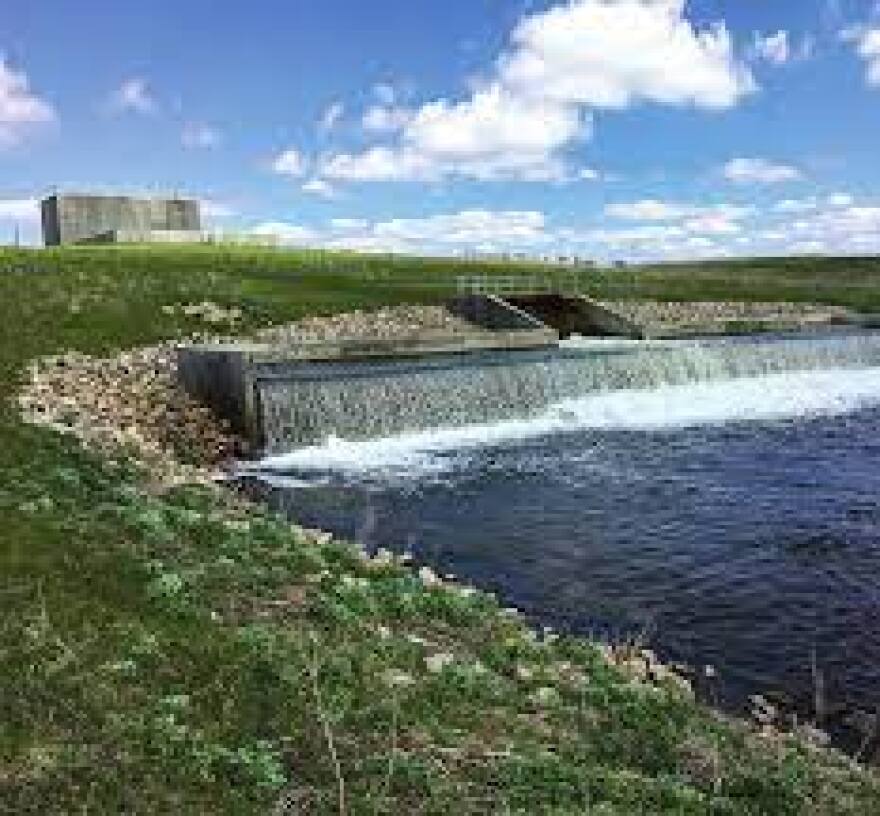The Devils Lake outlets have officially been turned on.
The Department of Water Resources has begun its annual discharge operations from the lake’s two outlets on its east and west ends. Both are currently operating at 75 cubic feet per second, or CFS, for a combined outflow of 150 CFS. At full capacity the outlets can release a combined 600 CFS.
Jonathan Kelsch is Development Division Director. He says flows into the lake this year could set a new record.
“The basin has produced a rise on Devils Lake of 3.5 feet this spring. We’ve calculated a volume of over 500,000 acre feet of water has gone into the lake already; so we’ve been waiting for the Sheyenne River to drop where we can get the Devils Lake Outlets running. The Sheyenne River is receding now at all the gauges, and we’re at about 715 CFS at Cooperstown, which we consider the lowest gauge in the upper Sheyenne River before it goes into Lake Ashtabula.”
Kelsch says the lake could rise a total of four feet by the middle of the summer. He says officials are carefully watching for levels to decrease along the Red River before opening the pumps to release more water.
Because the landscape is so flat, Kelsch says every foot the lake rises creates region-wide complications.
“The outlets are really the only way to get water off the lake, except for natural evaporation. We figure this year, with this three and a half foot rise, we’ve inundated an extra 38,428 acres. So there’s a lot of cropland, farmland, roads affected when you get a rise like this. That’s all important to the economy up there; Devils Lake is a good fishery, and of course there’s a recreation industry that enjoys the high water up there. But we’re trying to strike a balance and get some of the water off the lake because it’s grown so much the last twenty years.”

